In classical mechanics a pendulum consists of a ball attached to the end of a rigid rod that has one end fixed to a point with the end the ball is attached to free to move as shown in the diagram below:

In classical mechanics a pendulum consists of a ball attached to the end of a rigid rod that has one end fixed to a point with the end the ball is attached to free to move as shown in the diagram below:

Using either Lagrangian or Newtonian mechanics it's possible to obtain the equation of
motion as the 2nd order nonlinear differential equation \[ \ddot{ \theta } = {-g \over l} \sin{\theta} .\]
However there is no analytic solution to this equation but if the small angle approximation is applied ( \( \sin{\theta} \approx \theta \) )
then the equation of motion becomes, \[ \ddot{ \theta } = {-g \over l} \theta ,\]
which has a solution of the form \[ \theta = \theta_0 \cos{(\sqrt{ {g \over l} } t}) .\]
If you want to not use the small angle approximation then the ODE
can be evaluated numerically using the fourth order Runge-Kutta method by
first converting the 2nd order ODE into the two 1st order ODE's by
letting \( u = \theta \) and \( v = \dot{\theta} \) we have
\[ \dot{u} = v \]
\[ \dot{v} = \frac{-g}{l} \sin{u} .\]
Below is a simulation of the behavior of the two solutions: